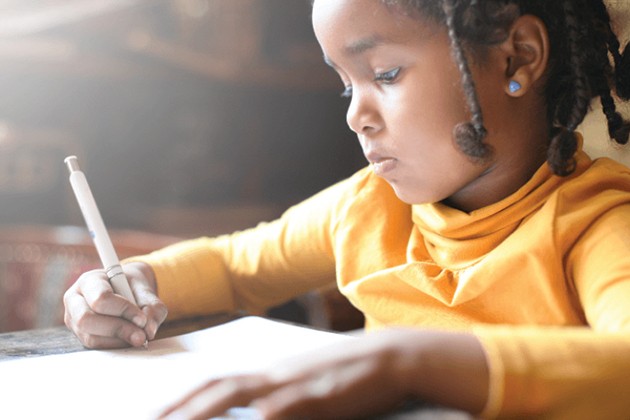Learning & School Readiness
How to Support and Improve Creativity in Kids

2 minutes to read
For All Ages
Creativity
It's important for adults to nurture children’s creativity, respect and identify it, listen to it and encourage it. Here's an age-by-age guide for how to support your innately creative child.
Part of raising a creative child means managing time—and letting children have downtime.
Early childhood and preschool:
- Do less, so your little one can do more. When we give children the opportunity to try something on their own, we are helping creativity grow. When we challenge them to think and reason, we appeal to their creative imagination. Is your toddler upset because they cannot reach their favorite cup in the cupboard? Instead of just handing it to them, try asking them how to solve the problem.
- Ask open-ended questions. Open-ended questions without right or wrong answers encourage a child to think creatively. Ask a question that doesn’t require a yes or no answer, and a child will draw on what they know, what they remember and what they imagine as they form their answer.
- Get crafty. Crafts and activities draw on children’s imagination. Kids can vary lines, colors or materials. They can depart from the directions and end up with their own product. Given the chance to make decisions, they use their creativity to follow their own ideas. When we give exact instructions, we stifle them a little bit. If crafts are not your thing, use resources like High Five magazine, which offers simple, open-ended crafts for young kids.
When we give children the opportunity to try something on their own, we are helping creativity grow.
School-Age Children:
- Emphasize effort over results. Raising a creative child means focusing on the process, not the product. It is important for children to experience the joy and satisfaction that comes from expressing themselves creatively. And this creative expression shouldn’t be about, say, who draws better or who dances better. It’s about valuing individual effort. We live in a diverse world, and our creative expression can—and should—reflect that.
- Resist overscheduling. Part of raising a creative child means managing time—and letting children have downtime. In our culture of busyness, we often view free time as wasted time. Once kids are in school there is increasing pressure for them to fill the minutes and be productive. It can take an active commitment to remember that artistic children and creative children are born from having the time to pursue their interests independently.
- Make time for boredom. In supporting creativity, we need to value the downtime, the quiet moments, and the idle minutes. We need to remember that staring out the window is OK and that daydreaming is healthy. It is during these times that we allow our brains to rest and reflect on what we have learned or observed. And doing so helps a child become her best self.









